VISITA IGLESA IN LAGUNA: The Old Churches of Calamba, Bay, Pila, Pagsanjan, Lumbang, Paete and Pakil
At some point in my blogging, I attempted to write about Philippine Churches. They are readily available so they could serve as good subjects for those who are just starting blogging. But I easily grown tired and gave up doing so, perhaps because there's nothing very substantial about it for me. I saw these churches as pieces of bricks and rocks. I marveled at their architecture and longevity but nothing more. This is a reflection of the kind of Catholic I became. I still believe in God but I severed my relationship with God many years ago and I continuously built walls between me and him.
Until the "shitty" summer of 2014 came.I never though so much could happen in such a short span of time. The good, the bad, the ugly. I am not just talking about the usual stuff like out of towns and travel adventures, more than that, summer of 2014 took me into a journey of life I will never forget. I couldn't go deeper into the details but something tragic happened with my personal life and private relationships. I've been to hell and back. It was my wake up call. I didn't emerge out of it as an angel but at least I am happy I was able to bring back my connection with my God. That for me is a good start.
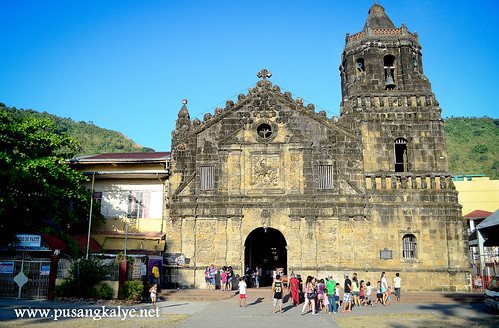
VISITA IGLESA IN LAGUNA: Church of Paete
This year's Holy Week marks my first ever Visita Iglesia. Yeah, it took me 33 years to do so.
We went to a total of seven (7) Churches in Laguna in towns along the lake starting in Calamba.
1. Calamba -St. John the Baptist Church
2. Bay--St. Augustine Church
3. Pila--San Antonio de Padua Church of Pila
4. Pagsanjan --Our Lady of Gudalupe Church Pagsanjan
5. Lumbang --San Sebastian Parish Church
6. Paete --St. James the Apostle Parish
ST. JOHN THE BAPTISH CHURCH OF CALAMBA
St. John the Baptist Church was established in 1859. It was burned by the Japanese during World War II. It was reconstructed by Fr. Eliseo Dimaculangan. It was the christening site of Jose Rizal, the National Hero of the Philippines. The original baptismal font has been preserved and refurbished. >>> source
SIMBAHAN NG BAY (Pronounced as Ba-e)
St. Augustine Church--Ipinatayo ni Reb. P. Martinnde Rada, paring Agustino, sa Aplaya noong 1571 sa ilalim ng patronato no San Agustin. Naging parokya noonh Abril 30, 1578. Inilipat ang pangangasiwa sa mga paring Pransiskano at naging unang kura paroko si Reb. P. Domingo Martorel noong 1737. Nilipat sa kasalukuyang kinakatayuan sa Poblacion sa pamamahala ni Reb. P. Geronimo Hervas at Reb. Pedro Moya noong 1804. Nasira ang batong simbahan noong pananakop ng mga Hapon (1944-1945).Muling ipinatayo ni Reb. P. Alejandro Vermorel noong 1953. Nasasakupan ng Diyosesis ng San Pablo mula noong Abril 16, 1967.
CHURCH OF PILA
San Antonio de Padua Church of Pila
San Antonio de Padua Church of Pila
Rev. Juan de Florencia was the first priest to minister to this town in 1578. The first church and convent were completed in 1618. The town was transferred from Pagalangan to the present site in 1800 to avoid frequent floods. The present church was built at the beginning of the 19th century and the convent was completed in 1849 both having been seriously damaged by the earthquake of 1880. A rest house for sick Franciscan missionaries was maintained in this town from 1618-1673. The Franciscan established here in 1606 a printing press under the printers Tomas Pinpin and Domingo Loag.
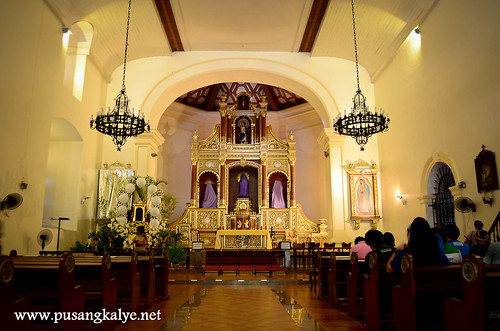
Pila Laguna is also considered a heritage town, similar of that of Taal in Batangas. Here, the town center's original Spanish era orientation is still in tact with the plaza at the center, the town hall on one side and the Catholic church on the other. Around are also old houses fairly preserved. Being here gives a distinct old feel.
Immediately in front of the church at that time, there were many vendors selling native delicacies mostly rice cake and sweets. This is when you feel the Filipino vive of the celebration. Each Visita Iglesia is not just a religious and historical pilgrimage but one about food and culture of local places as well.

CHURCH OF PAGSANJAN
Our Lady of Gudalupe Church Pagsanjan was made with nipa and wood by Fr. Agustin de la Magdalena in 1687, reconstructed in 1690 , improved in 1853, added transept in 1872 and damaged during World War II. It has a three-level early -Renaisssance facade with semicircular arched main entrance and choir loft window. The church houses the image of Our lady of Guadalupe, a gift from Mexico. >>>source
CHURCH OF LUMBAN
San Sebastian Parish Church
Lumbang was for a time the center of all missionary activities in Laguna. Rev. Juan de Plasencia ministered here in 1578. The original church of wood and thatch was destroyed by fire and was replaced by the first stone church to be built in Laguna completed here in 1600. A solemn eucharistic procession was held here on Oct. 9, 1600. The church was seriously damaged by the earthquakes of 1880. A resthouse for the sick Franciscan missionaries was maintained here from 1606-1618. Rev. Juan de Santa Maria conducted here in 1606 a regional school where 400 boys were taught liturgical hymns and the use of musical instruments.
PAETE CHURCH
St. James the Apostle Parish. In 1580, Juan de Palesencia, a Franciscan friar built a friary in Paete. Its stone church and its convent were built in 1846. In 1717, Rev. Francisco de la Fuente led the construction of a stronger church, which was later destroyed by the earthquake of 1880. The church was reconstructed in 1884 by Rev. Pedro Galiano which was filled with century-old paintings and woorden statuaries. It was destroyed by an earthquake on 20 August 1937 and has since been rebuilt.
PAKIL CHURCH
St. Peter of Alcantara Parish Church is designated as the Diocesan Shrine of Nuestra Señora de los Dolores de Turumba. The shrine is home to Our Lady of Turumba.
The first Catholic community in Pakil was organized by San Pedro de Bautista in 1588 as a visita of Paete. Fr. Francisco de Barajas was assigned as the first parish priest in 1676 and established the church, constructed of bamboo and other light materials, under the patronage of San Pedro de Alcantara.
In 1684, the government approved the reservation of collected tribute for five years for the construction of a stone church. The foundation was only dug in 1732 during the term of Fr. Fernando Haro, but it was burned down in 1739. Reconstruction of the church finished in 1767 and an additional level to the bell tower was added in 1777. The church burned down again in 1851 and underwent a series of renovations in 1852, 1881, 1883, 1938, 1946, and 1980 after a series of fires, earthquakes, and war. >>> source

We started late on our first day, at around 11am, so our visits were rather quick but one characterized by prayer and contemplation. Not much time to snap photos. The private commute was smooth from Calamba to Pakil except for the heavy traffic we encountered as we entered Pagsanjan town. We finished at around 5pm and by that time, some streets were already closed for processions. Even so, the ride back home was fast and smooth except for a very long delay around Calamba because of the many resorts located in the area. We got back in Batangas City at around 11pm.
I have never been to so many churches in a span of one week (a total of 16 Churches and 2 Pilgrimage Sites) and I have never prayed this much in my life. Namiss kong kausap si God.
I thank a dear person (you know who you are) for introducing me back to the church.
I have never been to so many churches in a span of one week (a total of 16 Churches and 2 Pilgrimage Sites) and I have never prayed this much in my life. Namiss kong kausap si God.
I thank a dear person (you know who you are) for introducing me back to the church.
On Day 2 of our Visita Iglesia 2014 experience, we went to different old churches in Batangas and Quezon Province plus two (2) Pilgrimage Sites. Please look for it soon. ^^
________________
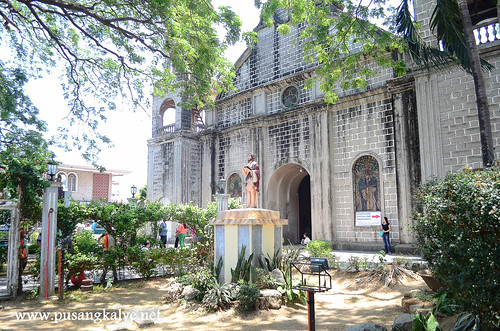



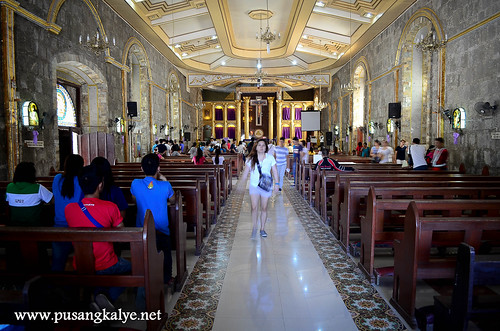

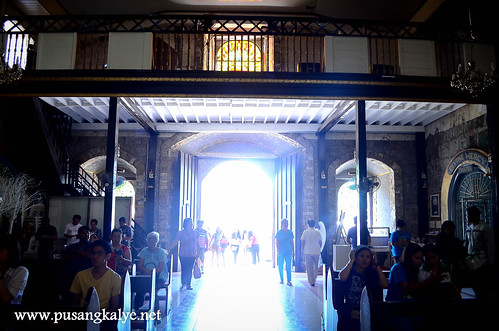
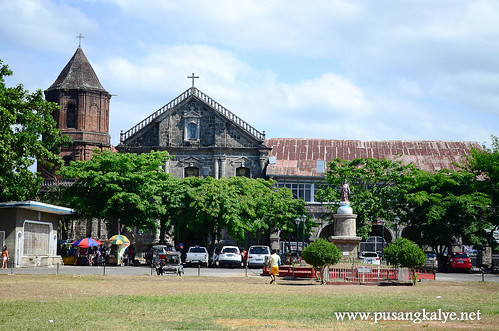

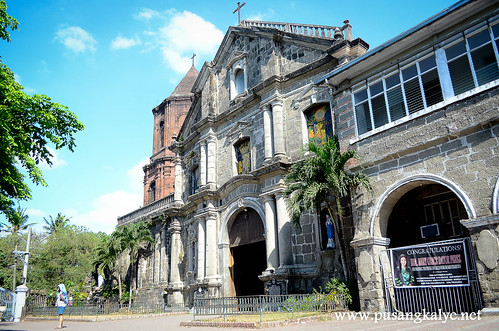
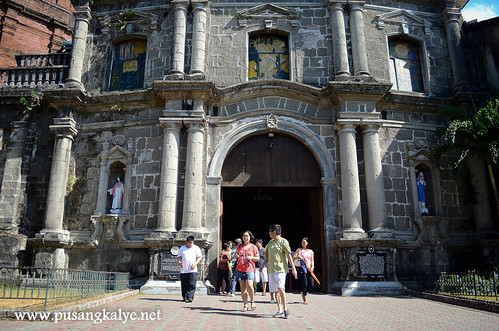
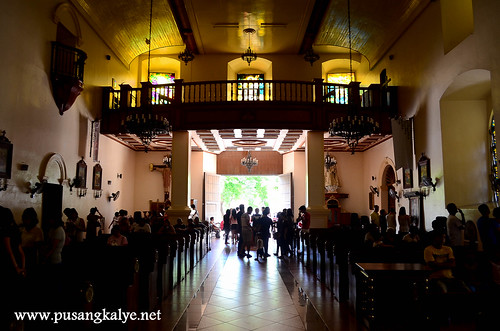
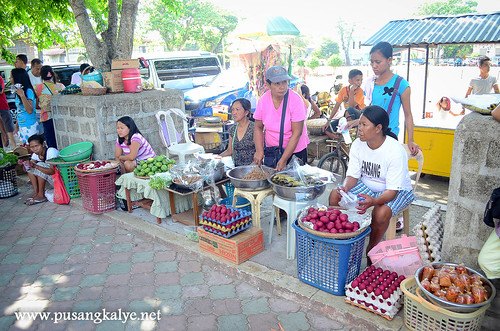
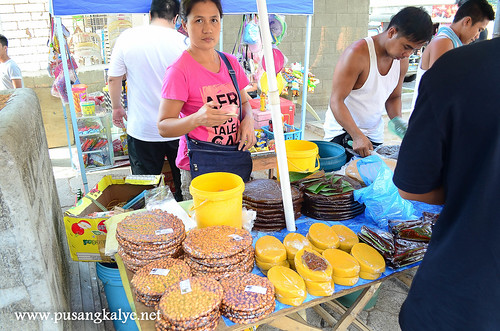

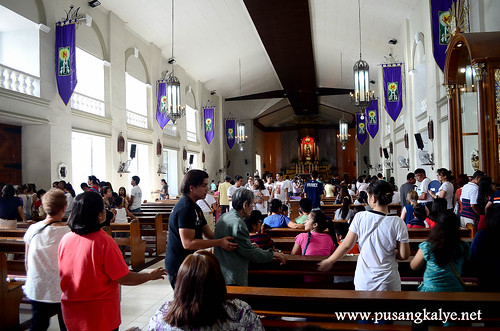
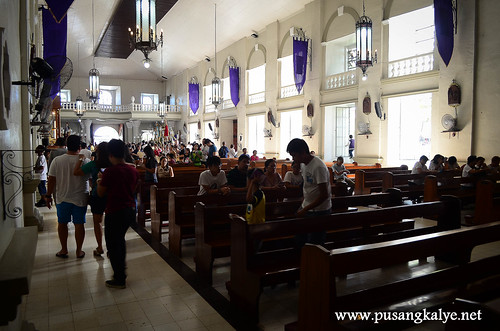
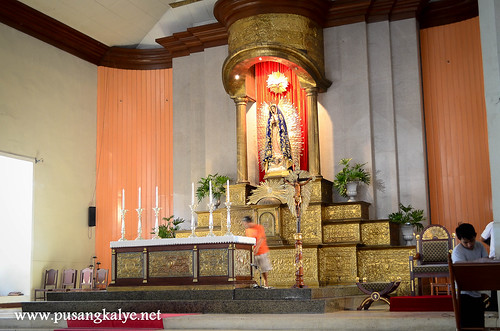
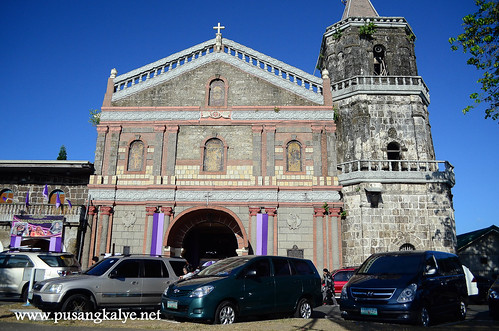
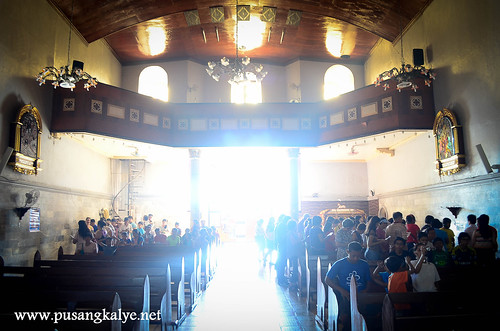
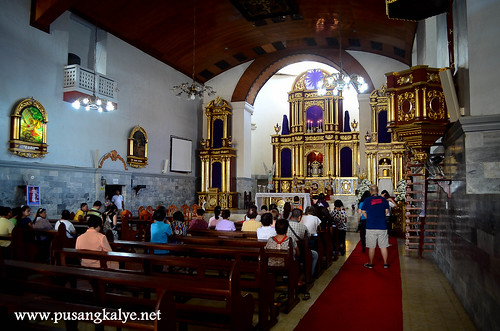
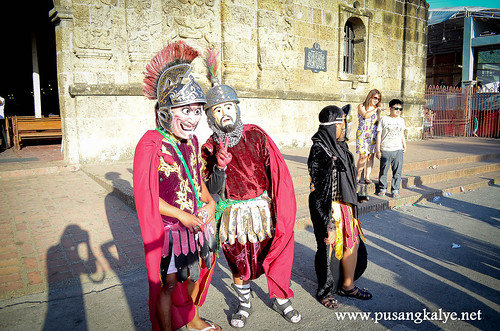
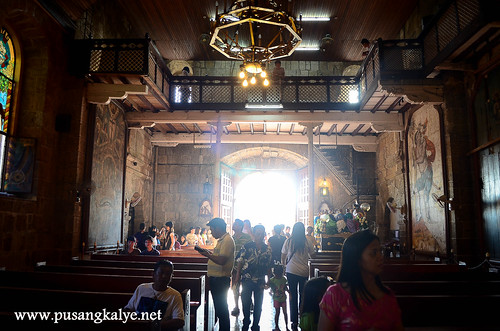
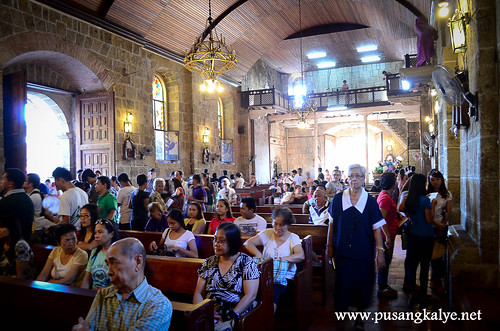
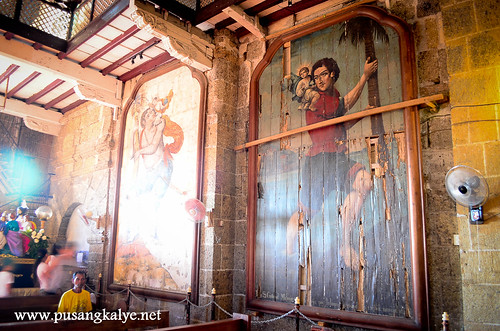
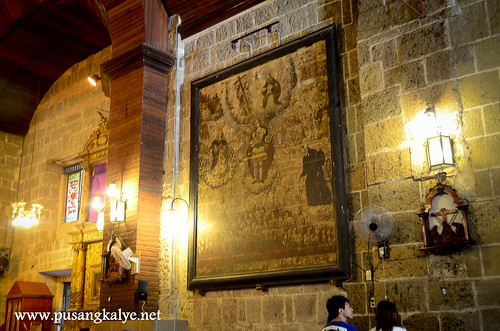
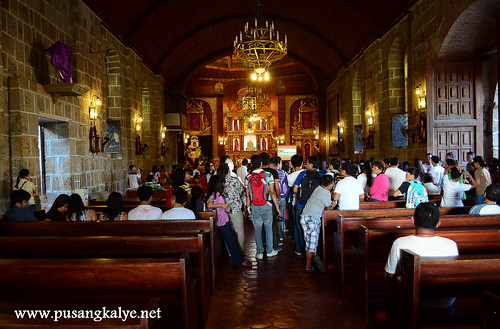
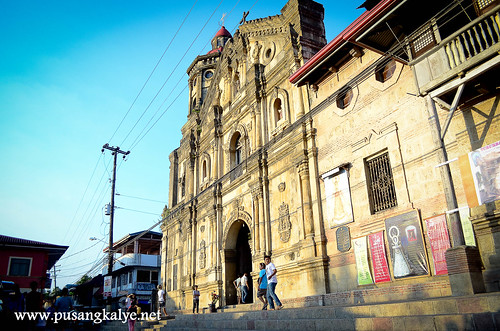
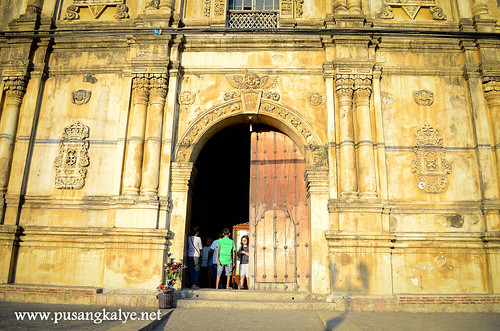
I like the San Antonio de Padua Church of Pila because, it expresses the quotation "do not judge the book by its cover". But i was really sad about what happen to Bohol's old Churches, because of the earthquake many of those churches broke down. Read more.
ReplyDeletebeautiful old churches down south!
ReplyDeleteglad you've paid them a visit, anton and even happier you shared infos about them here in your site.
where did you stay for the night?
ReplyDelete